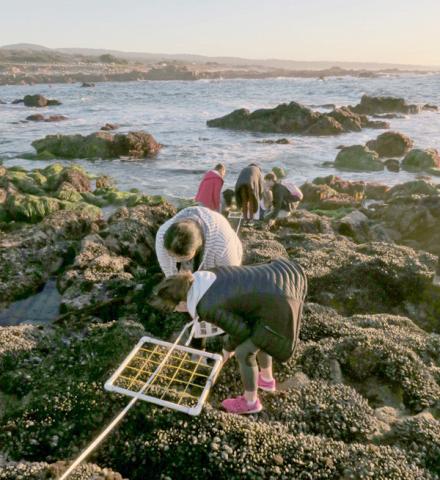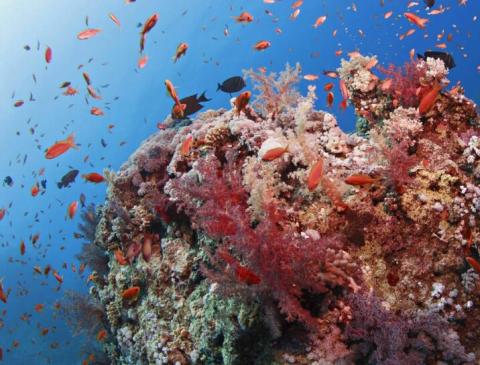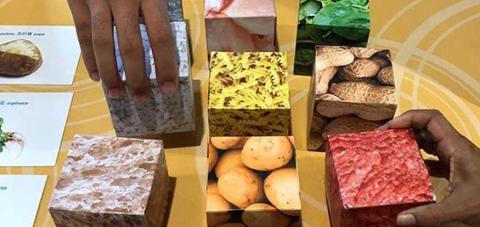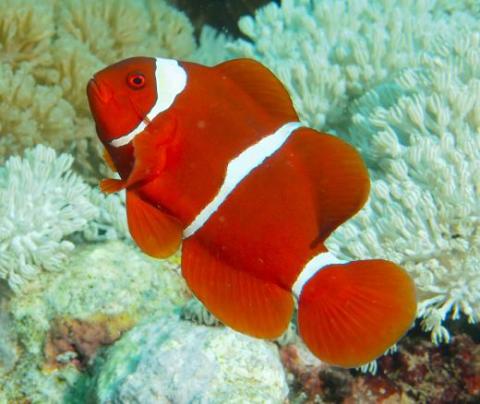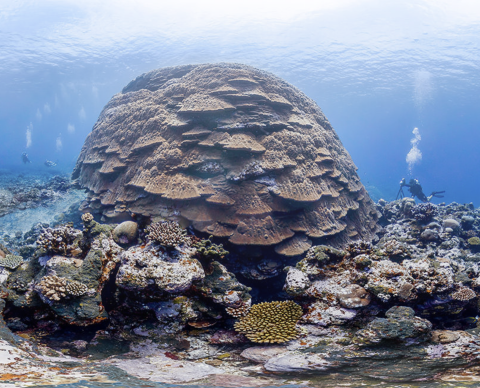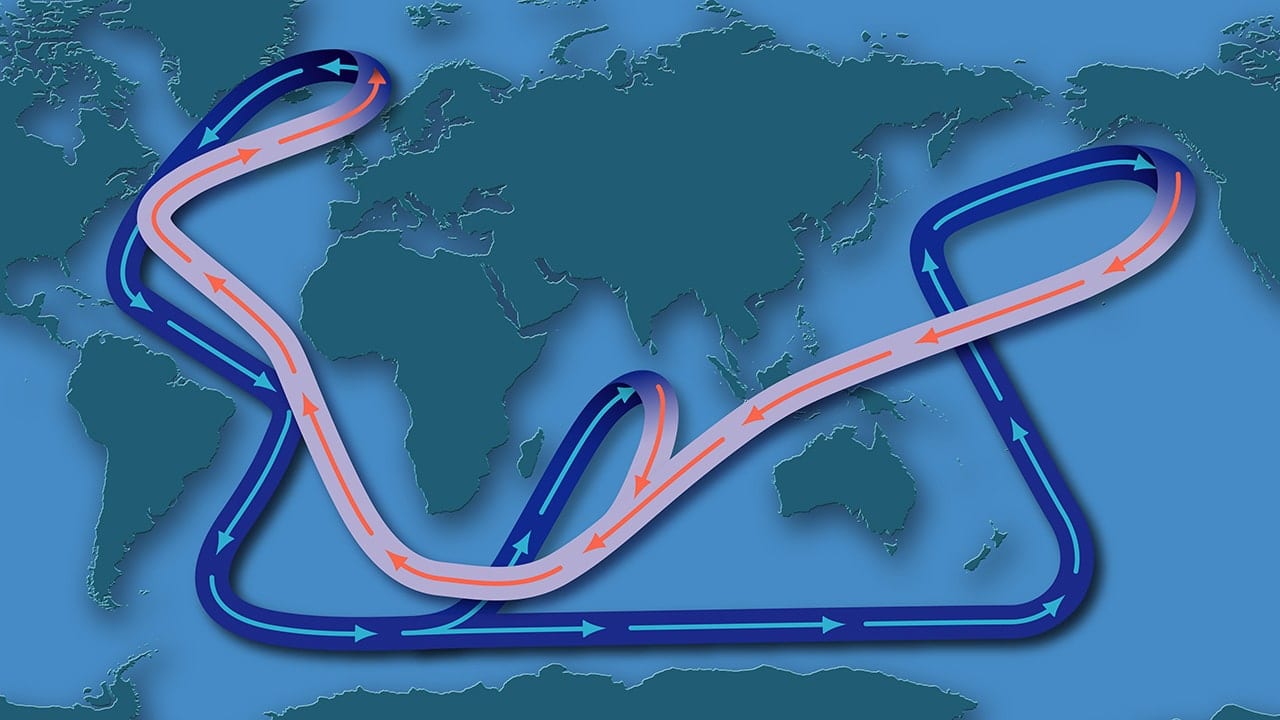
Global Ocean Currents
Heat from the sun provides the energy that drives the circulation of ocean water, so it is predicted that ocean warming due to climate change could drastically alter ocean circulation. And ocean circulation helps drive weather patterns and distributes heat, oxygen and nutrients throughout the ocean.
In the Atlantic, both temperature and salinity drive a major ocean current system. Surface ocean currents from the tropics carry warm water to the north Atlantic. This is the Gulf Stream that warms the east coast of the US and carries warm water to Europe. As the water moves north, it gets cooler and evaporation makes it saltier. This makes the water denser so it sinks as it reaches the north Atlantic, becoming a deep cold ocean current moving south. It eventually upwells to the surface again creating a global conveyor belt of moving water called the Atlantic Meridional Overturning Circulation or AMOC. AMOC is important because it keeps the nutrients in the ocean mixed and available.
Scientists worry that the ocean circulation is slowing in the Atlantic because of climate change: evidence already shows it has slowed by about 15 percent since the middle of the last century.
Cold, freshwater from melting Greenland ice is probably the main cause. This disrupts the ocean conveyor belt at a delicate point, where the cooled surface water starts sinking. And there is a danger that if the current slows enough, it may reach a tipping point and totally collapse.
If the AMOC collapses, it could bring extreme cold to Europe and parts of North America, raise sea levels along the U.S. East Coast, provide less nutrients for fish, and disrupt seasonal monsoons that provide water to much of the world. This site has a detailed explanation and lots of great graphics. Here is a discussion on Science Friday about a possible collapse.
Ocean Stratification
Warming oceans alter the patterns of ocean circulation in other ways: the global ocean has become more stratified and stable over the past 50 years with global warming. Warmer surface layers slow the mixing of nutrients from deep water so there are less nutrients for marine algae near the surface.
A 2020 study found that the upper 2000m has become 5% more stratified, but the upper 150m has increased stratification by almost 20%. This will create a negative feedback loop heating the surface even more because the heat absorbed at the surface can’t be distributed to the depths. In addition it prevents carbon storage in the deep ocean. This stratification will impact entire marine ecosystems.
Upwelling
Upwelling occurs along coasts when deep, cold, nutrient-rich water is brought to the surface. It’s the winds that blow along the coast that push the surface water offshore, pulling deep water up. The nutrients from the upwelled water stimulate phytoplankton growth, which in turns feeds the food web creating a rich coastal ecosystem.
There are several upwelling systems in the world’s oceans along the eastern edge of the continents that support important fisheries, so it is important to understand how climate change is going to affect these systems. So far scientists can only say that each system will react differently and it is currently difficult to predict those changes. Some suggest that if high pressure systems in the ocean basins get more intense with climate change, coastal winds may increase and intensify upwelling. In addition, it is predicted that local warming over land will create stronger winds and therefore more local upwelling. Coastal upwelling systems are very complex and they are not all similar, but they create important global coastal ecosystems that could be disrupted with climate change.
